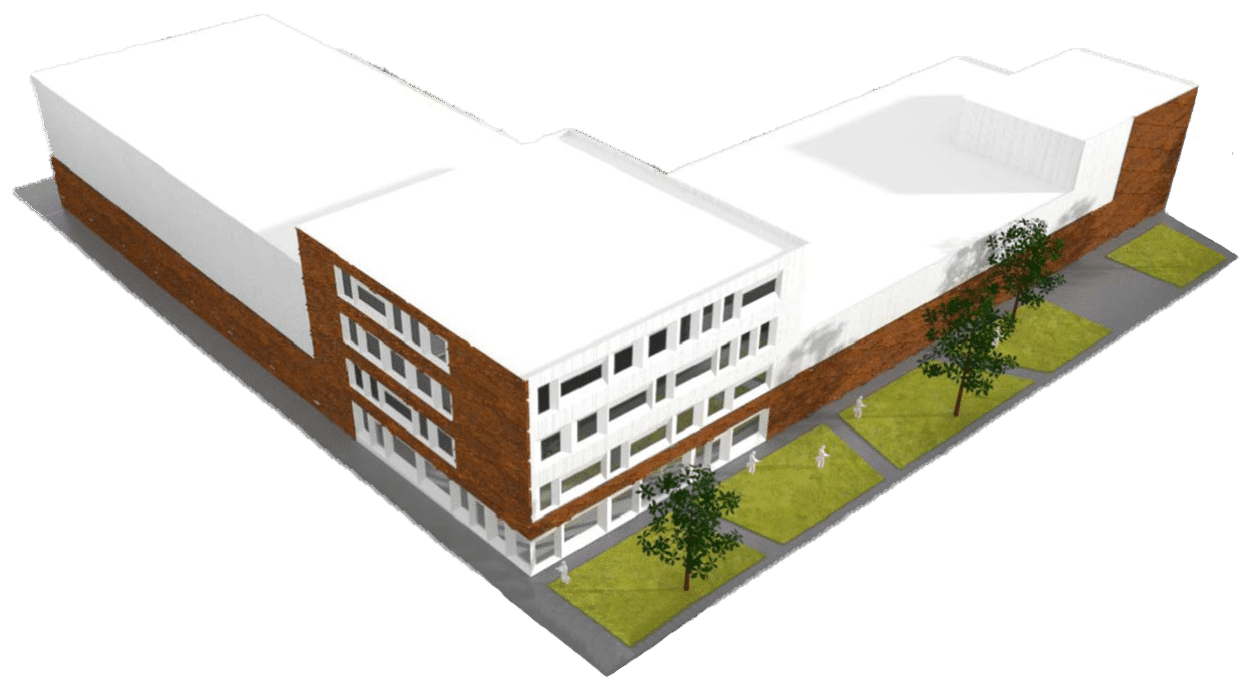The oyster mushroom is a widely grown product in the Netherlands. But we don’t use the full product. The stem (or foot) of the oyster mushroom is the part that remains after harvesting the oyster mushroom. It is a lot tougher than the oyster mushroom and therefore cannot be eaten immediately. In fact, nurseries throw this part away immediately after the harvest. But with the help of industrial techniques, this toughness can also be turned in to an advantage. Thanks to this toughness, the oyster mushroom foot has a fleshy structure that can imitate or even replace animal flesh. The oyster mushroom is also a typical autumn and winter product. The peak of the residual flow is therefore during this period. However, meat substitutes (vegan and hybrid) are eaten all year round. It was therefore necessary to look for a way to preserve the oyster mushroom feet for longer, to bridge the seasons, so that this residual flow can be used year-round in all kinds of sustainable foods.
Within the Food from Food project, we started working with BeefyGreen on the conservation issue of the oyster mushroom foot. But it didn’t stop there. BeefyGreen was also looking for a food grade production location where they could continue their professionalization. BeefyGreen found it at the Food Tech Brainport location.
BeefyGreen’s mission is to provide the very best alternatives to meat. At Food Tech Brainport, Frank Nouwens, owner of Beefy Green, has found opportunities to grow as a company with direct access to knowledge and technology to realize this.
We are proud of all our success stories, but the BeefyGreen story shows our added value very well.
